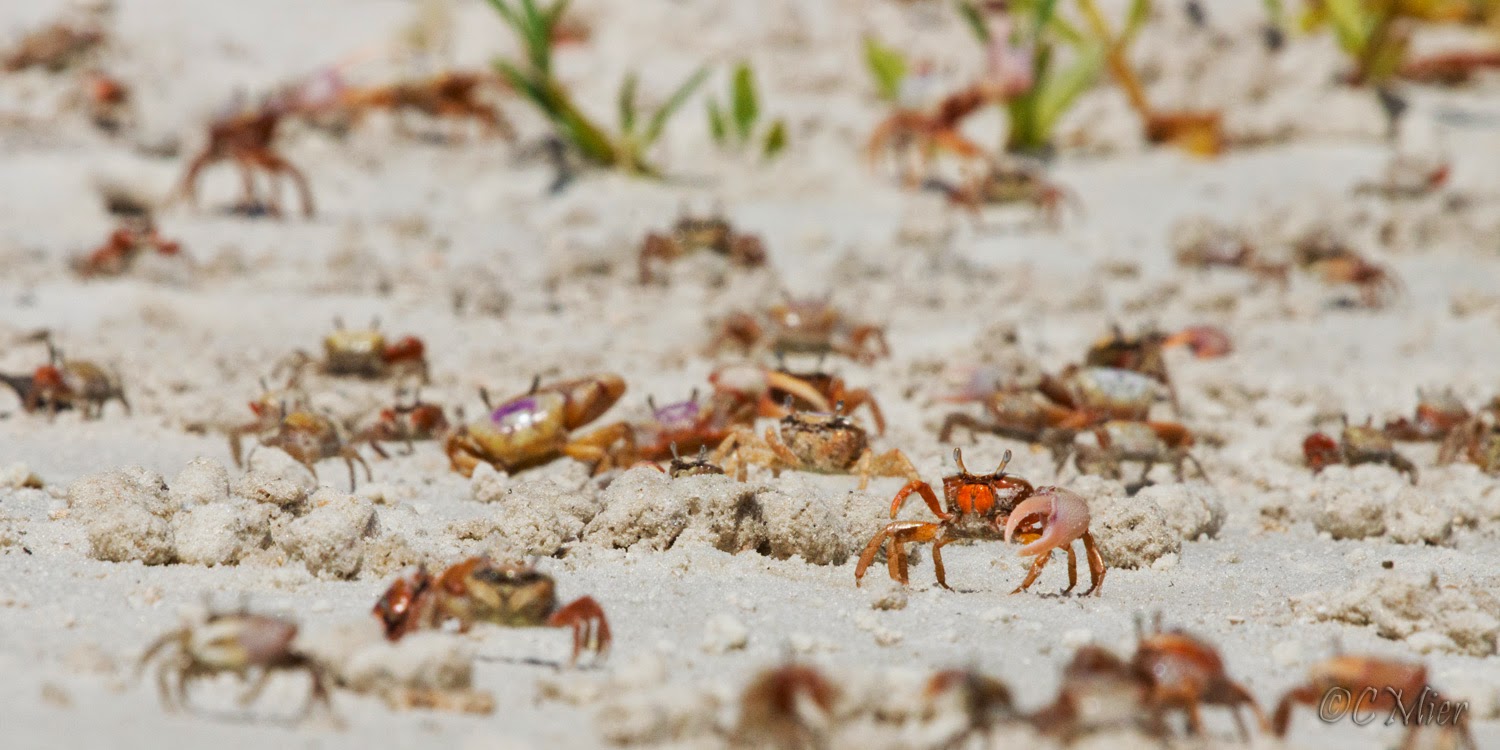I have been coming out to these islands for the past ten years, and in this short amount of time observed the dramatic effects of the weather. The results of hurricane Wilma being the most notable. In my attempt to photograph the beautiful things that I see and experience while beach camping, I have become more interested in photographing the unkempt, storm swept beaches. The image below is from several years ago.
I have hundreds of images from my paddling trips through the Ten Thousand Islands and my tripod is always with me. The problem is twofold. The first is that I am limited in time during these paddle trips (most of the time, I am camped one night on an island). The other problem is that I have never been good with a tripod and infrequently use it. I fumble around, and drop and forget things. I am in awe of the amount of work and time that go into a landscape image and those photographers that present their creativity in such a masterful way.
To continue with my goal, I needed more quality time to practice and experiment. So it was with this recent trip to one of the islands that I set out to capture some wild scenery, with no limitations other than what nature brought my way. I wanted to get to know the island and through my images, illustrate my experience with it. And I wanted clouds. It was only two days and I brought home a relatively small number of images. But what I took away from the experience goes much farther than that.
As I explored the beach, the sun and tide changed from morning to night, providing various opportunities. The next two images are of the same tree and you can see how much the tide changed.
The clouds were absent in the early morning but eventually many cumulus clouds appeared throughout the day. High tide was around 8 am and reached its lowest around 2 pm. Here are a couple images illustrating the change from both. The lone mangrove tree always seemed to get my attention.
The polarizer lens worked well during the early afternoon hours and I tried my hand at a black and white image while post-processing the images.
On the second day, large dark clouds prevailed and kept the sun covered mostly. This was a good opportunity to try my macro lens and look for small things. The dead wood on the beach offered various textures and tones and I was drawn to the tree snails living among the wood. Here are a couple images to show the variation.
Thankfully, I was photographing the snails an hour or so at low tide, meaning I had plenty of beach space to get around the fallen trees. But as the water comes in, the beach becomes unforgiving and difficult to negotiate safely. You can get the feel of this from the image below.
On the second evening, clouds formed over the western sky and provided the sun a few openings to shine through. While the colors never appeared dramatic, this image illustrates the pastel reflections on the water.
And oh yes, turtles are nesting and I have a photo of turtle tracks. This is something you don't see when camping in the winter! Unfortunately, raccoon tracks were all over the place.




















































